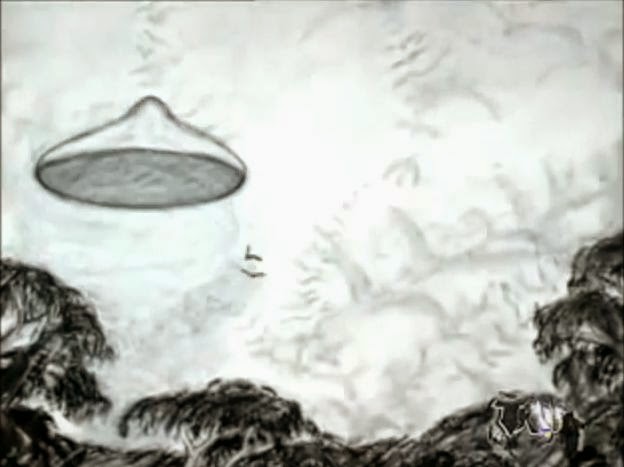Little green men, alien abductions, extraterrestrials living among us …all too often, the notion of life from other planets loses credibility because of the whole whacked-out Weekly World News angle. Which can make it hard for folks who experience genuine intergalactic encounters to be taken seriously. But when 200 people witness a UFO only to get shut down by authorities and told it was just a stray weather balloon… well! That’s even more absurd than the idea of Hilary Clinton adopting a baby alien.
Yet (joking aside) this is what happened to staff, students and neighbours of Westall High School in Melbourne’s southeast back in April 1966. At around 11 o’clock on an apparently normal Wednesday morning, their reality was turned inside out by the appearance of a silver disc hovering and then landing just behind a line of pine trees in nearby Grange Reserve. It eventually shot off at jaw-dropping speed, but not before some kids were able to run over and get a closer look.
So what was it? Some 48 years
after the event, this remains a mystery. Judging by the recollections of
some of the witnesses in the documentary Westall '66: A Suburban UFO
Mystery, it sure as hell wasn’t a weather balloon or experimental
aircraft like they were told. But they soon realised that if they talked
about it, they’d be considered crazy.
 |
| These drawings are stills from the evocative animated sequences by artist Lee Whitmore that illustrate some of the recollections recounted in the documentary Westall '66: A Suburban UFO Mystery |
Immediately after the event, the school principal called an assembly, where he told the students that all they'd seen was a weather balloon. He banned them from speaking to the journalists that had congregated outside (although some did) – and as a result, there wasn’t a lot of media coverage. Channel 9 news reported on it at the time, but the film has since gone missing.
Local newspaper The Dandenong Journal ran a couple of stories, but never got to the bottom of it:
 |
| "The Dandenong Journal - 1966 14th Apr -
page 1" by Photo or scan of newspaper page, and intellectual property
owned by The Herald and Weekly Times Ltd, News_Corporation. Licensed under Fair
use of copyrighted material in the context of The Herald and Weekly Times Ltd
via Wikipedia - |






































.JPG)
.JPG)
.JPG)










